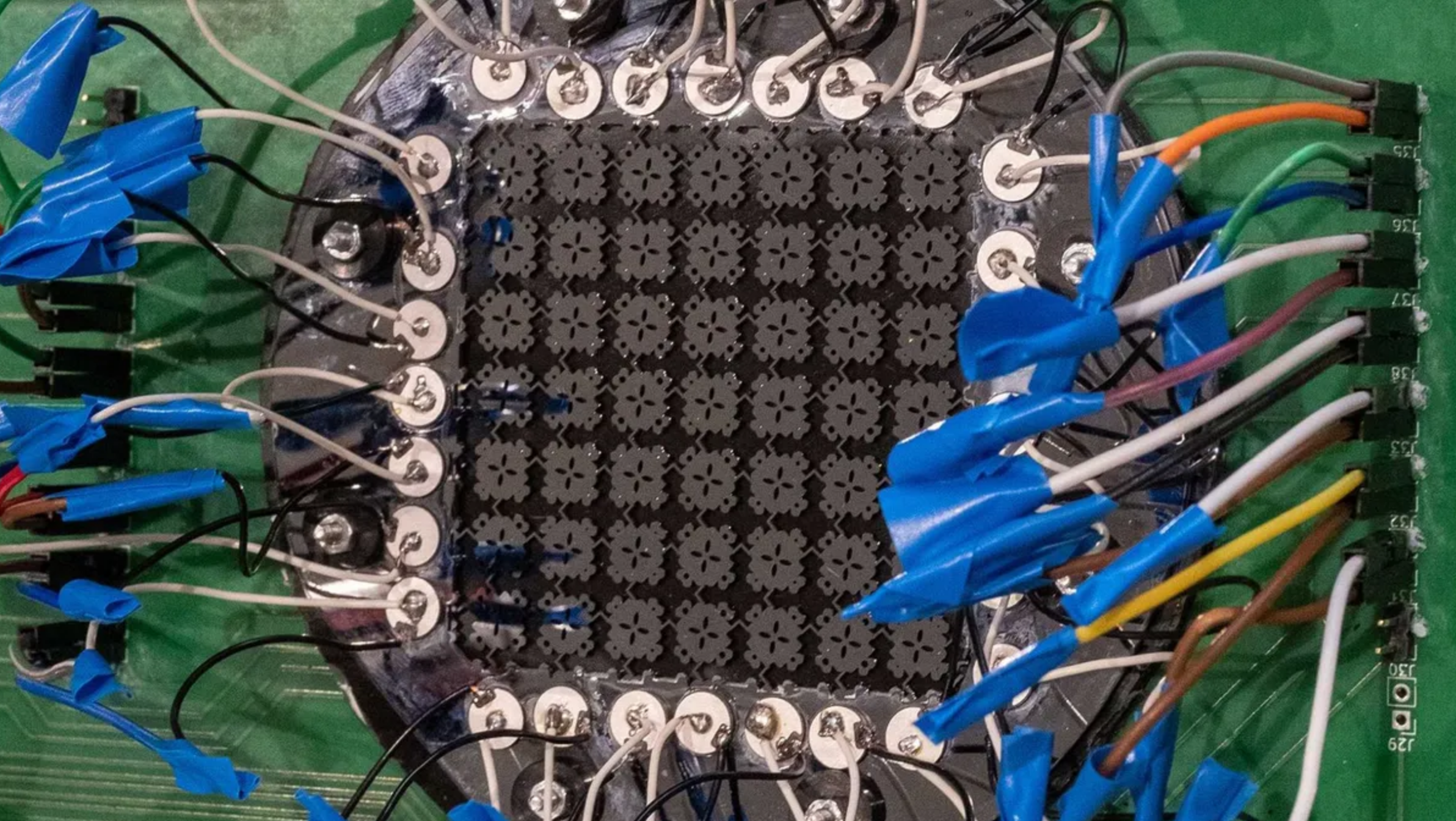Researchers at ETH Zurich have identified a novel form of magnetism through their investigations. Experimental findings reveal that an artificially synthesized substance exhibits magnetic properties through a previously undocumented mechanism.
The widely recognized ferromagnetism, responsible for items adhering to refrigerator surfaces, results from the alignment of electron spins in the same direction. However, alternative forms of magnetism, such as paramagnetism, characterized by weaker magnetic effects due to randomly oriented electron spins, also exist.
A Novel Form of Magnetism Discovered
In a recent study, ETH scientists uncovered a new form of magnetism in moiré materials, created by stacking two-dimensional sheets of molybdenum diselenide and tungsten disulfide. By applying an electrical current and measuring light reflection, they found a previously unknown magnetism mechanism in these experimental materials.
“That was striking evidence for a new type of magnetism that cannot be explained by the exchange interaction,” said Ataç Imamoğlu, lead author of the study.
Initially showing paramagnetism, the material unexpectedly shifted to ferromagnetism as more electrons were added. This transformation occurred precisely when the lattice reached saturation with one electron per site, ruling out the typical mechanism of exchange interaction for ferromagnetism.
The team suggested a different mechanism for ferromagnetism. Electrons pair into “doublons” and fill the lattice via quantum tunneling. This process aligns their spins, minimizing kinetic energy and causing ferromagnetism. While theorized for decades, this “kinetic magnetism” was observed in solid materials for the first time.
Probing Temperature Dependencies for Future Applications
Imamoğlu aims to investigate the temperature dependence of ferromagnetism in moiré materials in future experiments. The current study required cooling the material to just above a tenth of a degree from absolute zero. This discovery advances our understanding of magnetism and has potential applications in quantum technologies and materials science.







